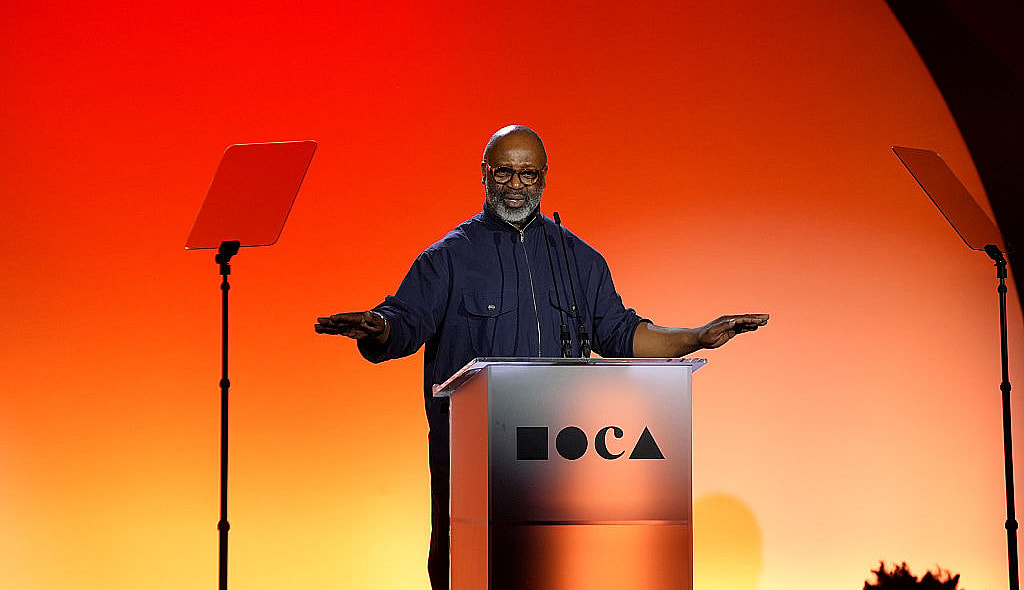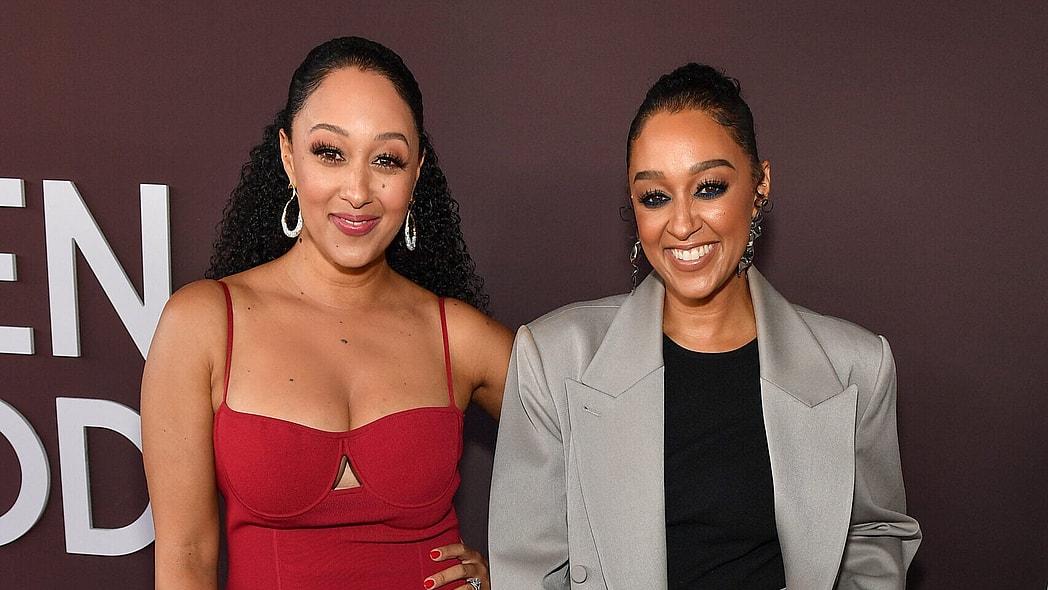Just like that, 2023 is over — and as calendars adjust to the new year, many of us are also hitting “reset” on our habits. Reflecting on the ups and downs of the last 365 days, the start of a new year symbolizes the beginning of renewed purpose. Whether you call them goals, intentions, or resolutions, every January, well-meaning people worldwide make elusive promises to be better, do better, and hopefully conquer their closet full of dreams in the coming year.
But here’s the thing about New Year’s resolutions: they are easy to set but hard to maintain. As the holidays end and you step back into the reality of daily obligations, motivation to keep up with these annual promises begins to falter, thus explaining why approximately 80% of us ditch our resolutions by February. In an effort to increase the likelihood of sticking to their resolutions, some might utilize various accountability tools and practices like vision boards, planners, etc. — but recently, social media has been buzzing about a 12-week or quarterly planning system. What is it, exactly? Here’s a breakdown of the viral 12-week year and how it can help you achieve your 2024 goals.
What’s the hype?
So, what’s all the fuss about the 12-week year? Simply put, imagine your year condensed into bite-sized (read: digestible) yet action-packed sprints of 12 weeks each. Instead of tackling lofty goals over 365 days, this method condenses your ambitions into a more focused 84 days, which amounts to 12 weeks. Inspired by Brian P. Moran and Michael Lennington’s book “The 12 Week Year,” this approach to goal-setting breaks things down into manageable and actionable chunks.
“You’re essentially creating 12-week cycles of execution based on very specific, measurable, and realistic goals,” explained art director and content creator Qori Broaster in a YouTube video. “The system is designed to help you lower your expectations and increase your success rate.”
Lifestyle
So, what gets prioritized, and how does it work?
Short-term wins for long-term success
Aiming for a resolution over 12 weeks keeps your motivation high. Short-term goals create a sense of urgency and progress, preventing the “burnout” often associated with long-term resolutions. Achieving these smaller milestones builds momentum, propelling you toward the finish line.
Minimized procrastination
The sense of urgency inherent in the 12-week year minimizes procrastination. With a clear timeframe, you’re less likely to delay tasks, fostering a proactive mindset. The structured deadlines create a sense of accountability that helps combat the most notorious enemy of progress – procrastination.
A higher sense of achievement
Celebrating successes every 12 weeks provides a regular dose of accomplishment — and dopamine. This positive reinforcement fuels your self-confidence and enthusiasm, bolstering the belief that you can indeed conquer your resolution. The more victories you accumulate, the more unstoppable you feel.
Flexibility for the journey
Life’s rhythms can be unpredictable, and the model set by the 12-week year recognizes the importance of dancing with grace. It allows you to adapt your goals every quarter, ensuring that life’s twists and turns don’t derail your journey but become part of its empowering narrative.

Haniyah Philogene is a multimedia storyteller and Lifestyle reporter covering all things culture. With a passion for digital media, she goes above and beyond to find new ways to tell and share stories.
Never miss a beat: Get our daily stories straight to your inbox with theGrio’s newsletter.










